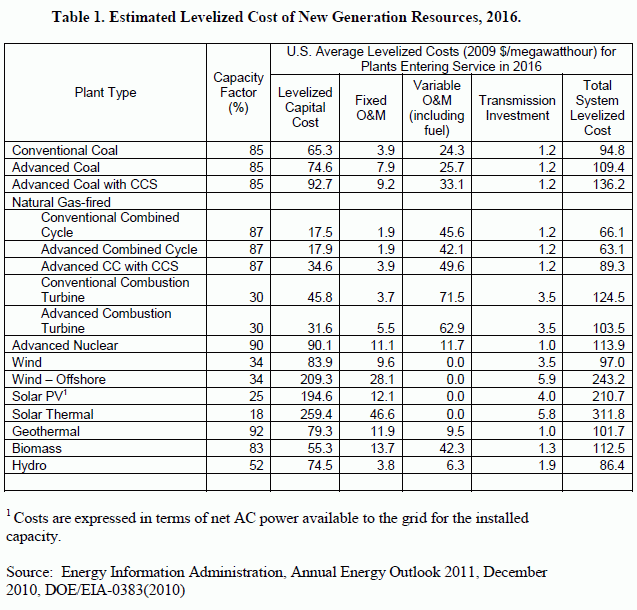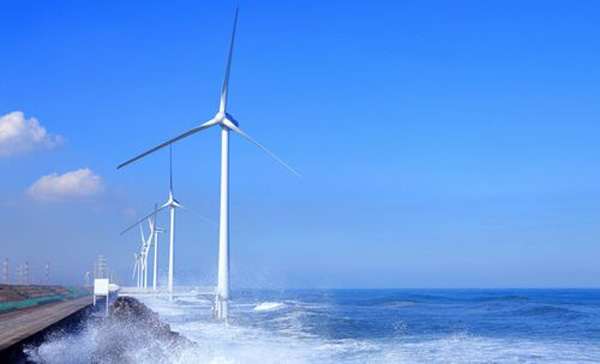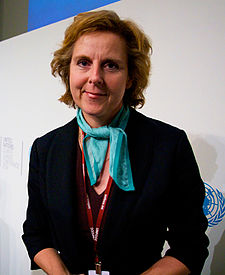 What say we make a real national security strategy,
one based on energy independence and a sustainable economy?
What say we make a real national security strategy,
one based on energy independence and a sustainable economy?
Jim Dwyer write 3 May 2011 in the NY Times, A National Security Strategy That Doesn’t Focus on Threats
“Poorly fitted air conditioners cost New York City 130 to 180 million dollars a year in extra energy consumption,” one of the strategists, Capt. Wayne Porter of the Navy, said Tuesday. “They generate 370,525 extra tons of carbon dioxide.”Suppose, he says, you fixed them. And then you got the 40 states that waste the most electricity to match the 10 most efficient. The likely benefits are no surprise — less foreign oil, cost savings, job creation, decreased pollution.
Now follow that thread to “A National Strategic Narrative,” a paper written by Captain Porter and Col. Mark Mykleby of the Marines, which calls on the United States to see that it cannot continue to engage the world primarily with military force, but must do so as a nation powered by the strength of its educational system, social policies, international development and diplomacy, and its commitment to sustainable practices in energy and agriculture.
“We must recognize that security means more than defense,” they write. After ending the 20th century as the world’s most powerful country, “we failed to recognize that dominance, like fossil fuel, is not a sustainable form of energy.”
An army without an economy defends nothing. Continue reading








